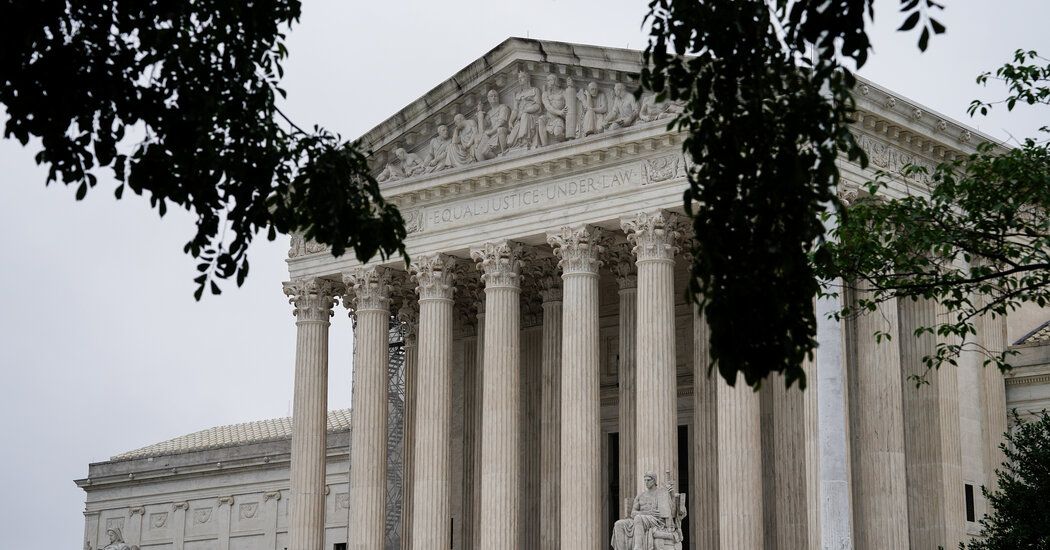What to Know About a Seemingly Fake Document in a Gay Rights Case
After the Supreme Court ruled last week that a Colorado graphic designer has the right to refuse to create websites for same-sex marriages, critics of the decision raised questions about a form included in court papers in the case that appeared to show that a gay couple had sought the services of the designer, Lorie Smith.
The man who supposedly submitted the form said he was unaware of its existence until a reporter for The New Republic called him. He is, moreover, straight, married to a woman and a supporter of gay rights. The apparent falsehoods, critics said, undermined the court’s decision.
What is known about the request?
It was apparently submitted on the website of Ms. Smith’s company, 303 Creative, on the afternoon of Sept. 21, 2016, the day after she filed suit in federal court in Colorado to challenge an aspect of the state’s anti-discrimination law. She said in the suit that the law violated the First Amendment by forcing her to espouse beliefs at odds with her faith.
The lawsuit was the subject of news coverage and may have prompted the submission.
The form was said to have been filled out by someone named Stewart, and it included a real email address and phone number. “We are getting married early next year and would love some design work done for our invites, placenames etc.,” Stewart wrote, saying his partner was named Mike. “We might also stretch to a website.”
Source: The New York Times


